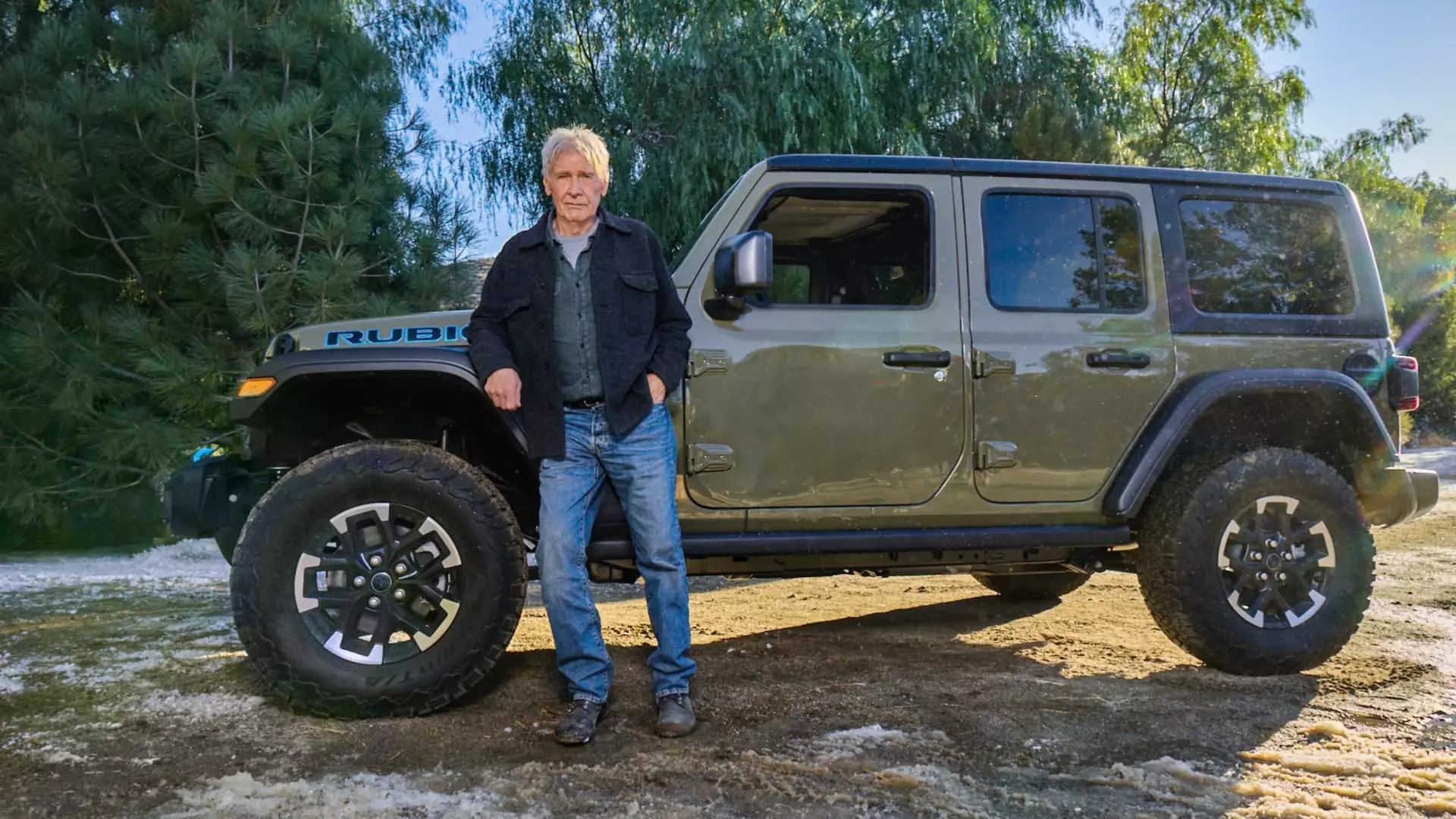In an era marked by uncertainty for the automotive industry, Stellantis, the parent company of well-known brands like Ram and Jeep, made headlines by securing a Super Bowl 59 ad spot—an unusual choice in a time when many competitors opted out. This decision, spearheaded by Chief Marketing Officer Olivier Francois, reflects both a strategic pivot and an effort to navigate significant internal and external challenges. Backed by Stellantis Chairman John Elkann, the advertisement serves as a bold statement amid an evolving marketplace defined by electric vehicle (EV) competition and corporate restructuring.
Historically, Super Bowl ads have been a battleground for brands vying for consumer attention, often leading to memorable and culturally resonant campaigns. Stellantis, formerly Fiat Chrysler, has a notable history of such advertising, marked by iconic celebrity appearances and narrative-driven storytelling. Francois’s vision for Stellantis ads has consistently leaned away from traditional sales pitches, instead intertwining themes of resilience and cultural relevance. In 2011, Eminem’s surprise appearance linked the brand’s recovery to the grit of Detroit, laying a rich foundation for future campaigns.
Francois emphasized the importance of this year’s advertisement as a call to action. Following Carlos Tavares’ unexpected departure as CEO, Elkann instructed him to harness this moment as an opportunity to showcase Stellantis’s recommitment to the U.S. market. By doing so, the company aims to distance itself from a narrative of mediocrity that has plagued other automakers in recent years. The message is clear: Stellantis is here to stay and evolve.
Francois credits the late Sergio Marchionne, a former CEO renowned for his fearless approach to business, as an inspiration for the Super Bowl campaign. Marchionne’s mantra—“Mediocrity is not worth the trip”—serves as a guiding principle in the creative process. By leveraging this philosophy, Francois and his team designed ads that resonate deeply with audiences, mixing tradition with a modern flair.
The Jeep advertisement, featuring the legendary Harrison Ford, epitomizes this blend of storytelling and brand identity. The commercial, rooted in themes of freedom and self-discovery, deftly sidesteps direct competition and instead invites viewers to embrace their journeys. With Ford navigating roads in a Jeep while simultaneously acknowledging his own brand name, the ad effectively blurs the lines of competition, fostering a sense of camaraderie among various automotive lives.
The automotive industry is currently grappling with the seismic shift towards electric vehicles, leaving many traditional brands in a perpetual state of reaction. Francois reflects on this chaotic endeavor, noting a lack of clarity in messaging as brands chase the electrification trend. His observation of competitors running “like headless chickens” points to widespread panic rather than strategic thinking.
While Stellantis also highlighted electric vehicles in its Super Bowl commercials, the emphasis was not solely on them. The company struck a balance by showcasing traditional combustion-engine vehicles alongside plug-in hybrids, addressing a wider audience. This hybrid messaging not only positions Stellantis as a forward-thinking company but also reinforces its commitment to catering to diverse consumer preferences during this transition.
A New Era of Marketing and Value Creation
As the landscape of automotive advertising evolves, Francois asserts that the peculiarities of this Super Bowl were not just about promoting vehicles but about reshaping how Stellantis views marketing. The decision to pivot advertising resources toward the Super Bowl demonstrates confidence and a willingness to innovate, breaking away from merely viewing marketing as a cost.
While the exact investment remains undisclosed, advertisements during the Super Bowl command impressive financial resources, with costs soaring up to $8 million for a 30-second spot. Given the potency of the Super Bowl as a marketing platform, Stellantis’s decision to invest in this media reflects a proactive approach to garnering attention in an over-saturated market.
Stellantis’s participation in Super Bowl 59 marks a notable chapter in its ongoing story—a company determined to redefine its narrative in a challenging environment. By combining historical references, celebrity endorsements, and a balanced message that incorporates both traditional and electric vehicles, Stellantis aims to resonate with a broad audience. As the company forges ahead, it is clear that this approach, infused with spirit and resilience, not only aims to combat industry challenges but to establish a lasting presence in the hearts and minds of consumers.

